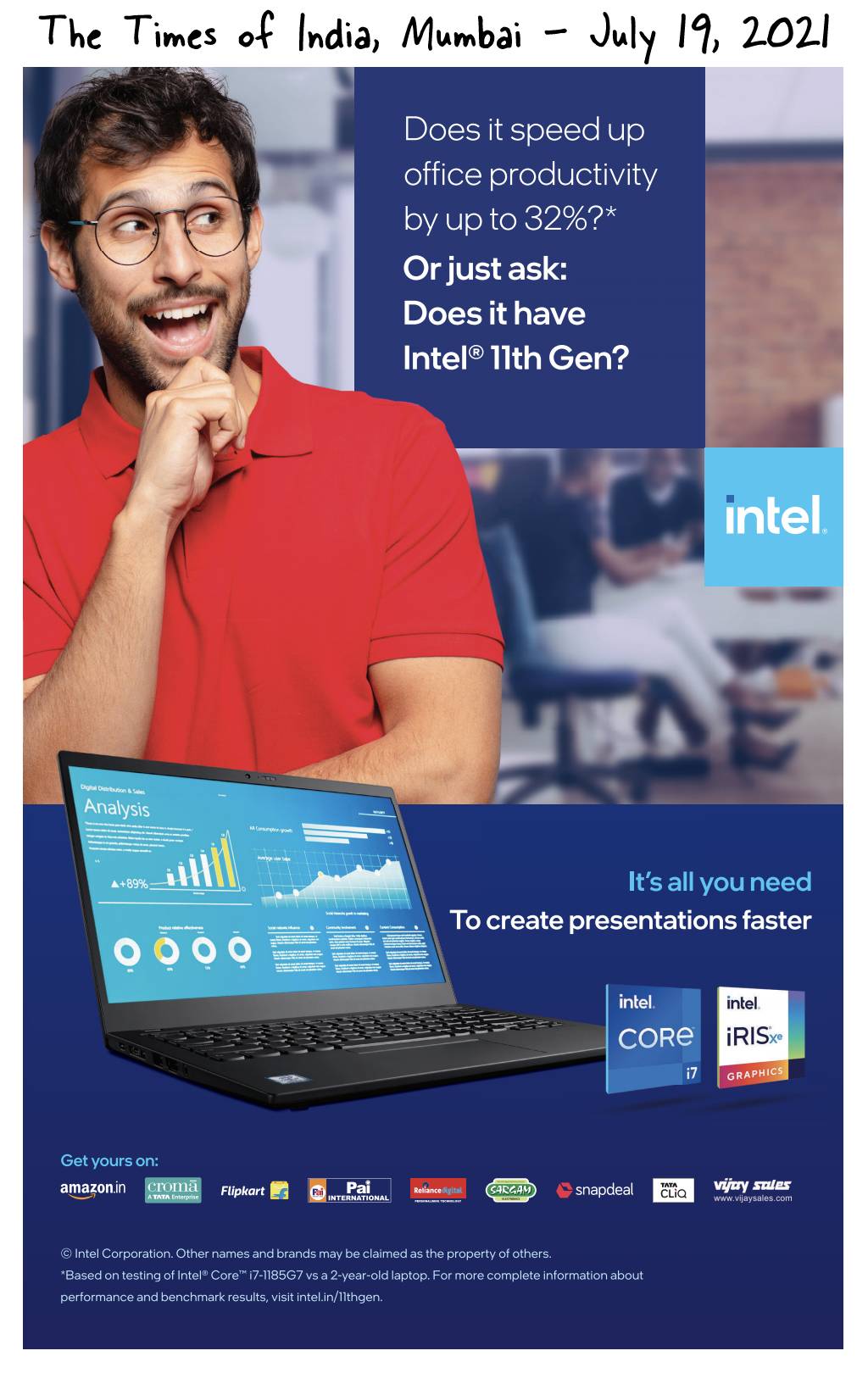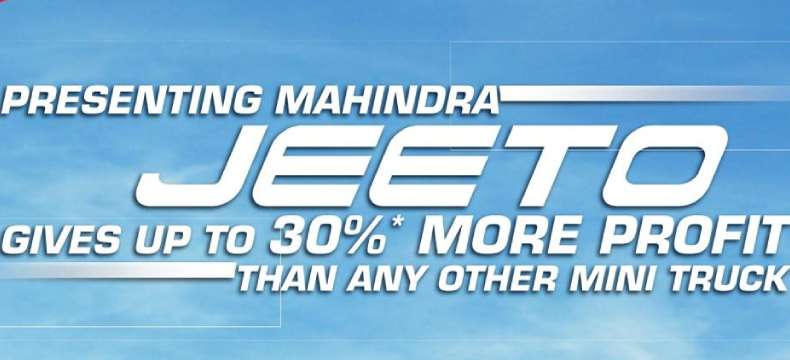
”, besides being a 1965 song by Tim Hardin that was later covered by artists like The Carpenters and Rod Stewart, is something of a mantra in advertising agencies.
The agencies call it RTB. The RTB is simply the reason why the reader/audience should trust a brand when it says it is good/better for you.
Some of the simpler, direct ones include a third-party endorsement, prior success or achievement of the product, the brand reputation that is quantified by the number of years in existence, a specific ingredient or invention that is unique to the product and can directly add to the benefit, and so on.
Brands and agencies contort themselves in coming up with the most convincing-sounding RTB and many such RTBs seem several layers away from what a potential consumer could believe to be true even if the RTB is coated in attractive, specific numbers!
One such RTB that I recall eye-rolling was in an ad for Mahindra Jeeto truck, back in 2015. The ad, featuring actor Manoj Bajpayee, claimed that the truck could give you, the buyer, up to 30% more profit than any other truck!! The reader’s thinking would go, “Why should I believe the Jeeto truck is a better buy? Because it gives up to 30% more profit than any other truck!”.
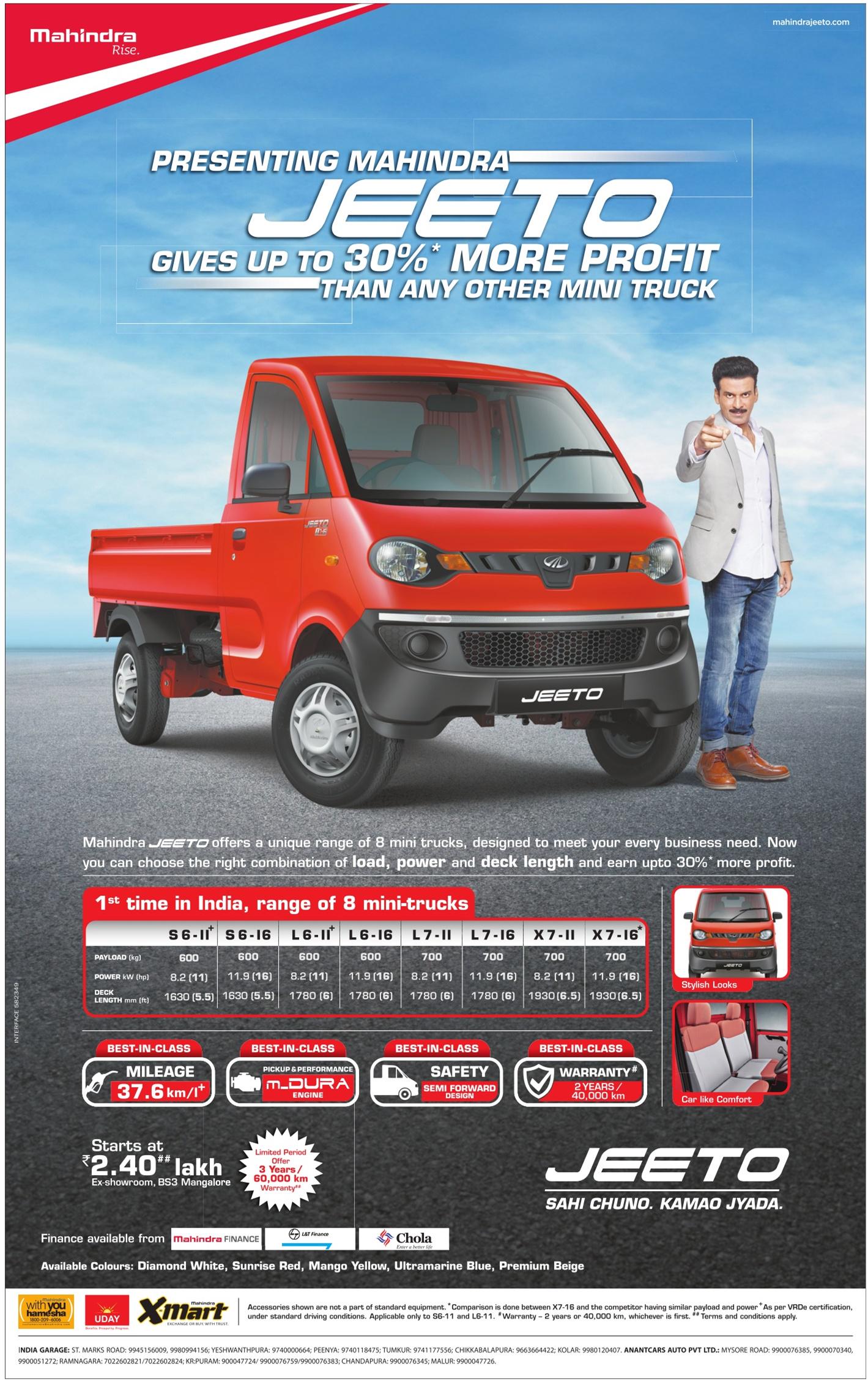
I can fully understand things like ‘X% more mileage’, ‘X% more space’ or ‘X% more load-carrying capacity’, etc. for a vehicle, but profit? Profit is a result of the business that uses trucks as one of the many tools (an important one, of course, for the transportation business), while the other factors are features of the product.
The fine print in the ad says this: “Comparison is done between X7-16 and the competitor having similar payload and power”. As if that explains something!
There are, of course, ways to calculate the profit per truck, but those formulas use a lot of assumptions to arrive at that. Usually, if an owner has a fleet of trucks, the overall profitability of a business that utilizes trucks as the tools of the transportation business could be easily ascertained. And then, such profitability is attributed on a per-truck basis.
Mahindra’s positioning with Jeeto is quite interesting from this perspective since they are claiming a 30% increase in profit at a single truck’s level!
I assume this tactic worked very well for them… because they doubled down on this in 2019 with the launch of the Furio truck.
Instead of staying with ‘X% more profit’, for the Furio, Mahindra claimed, ‘More profit or truck back’!
This is even more confounding than just X% more profit!
Ajay Devgn makes this claim in the Furio TV ad.
The fine print, obviously, adds a helpful link where we can see the details.
The details, called ‘Mahindra FURIO BS6 Profit Guarantee‘ (and the legal team adds ‘The Claim’ at the end of that heading) goes into the many nuanced conditions that a buyer should fulfill before Mahindra can take their own truck back on the basis that it didn’t provide more profit as promised. A simple reading of the full document (9 pages!) would dissuade anyone from trying to make a claim.
You’d expect a detailed, legally vetted 9-page document to include the formula for calculating profit for a truck, right? Nope! The document does not have a simple formula through which they would calculate profit on a per-truck basis. Instead, the document explains the process more like a test-drive, called a ‘trial’!
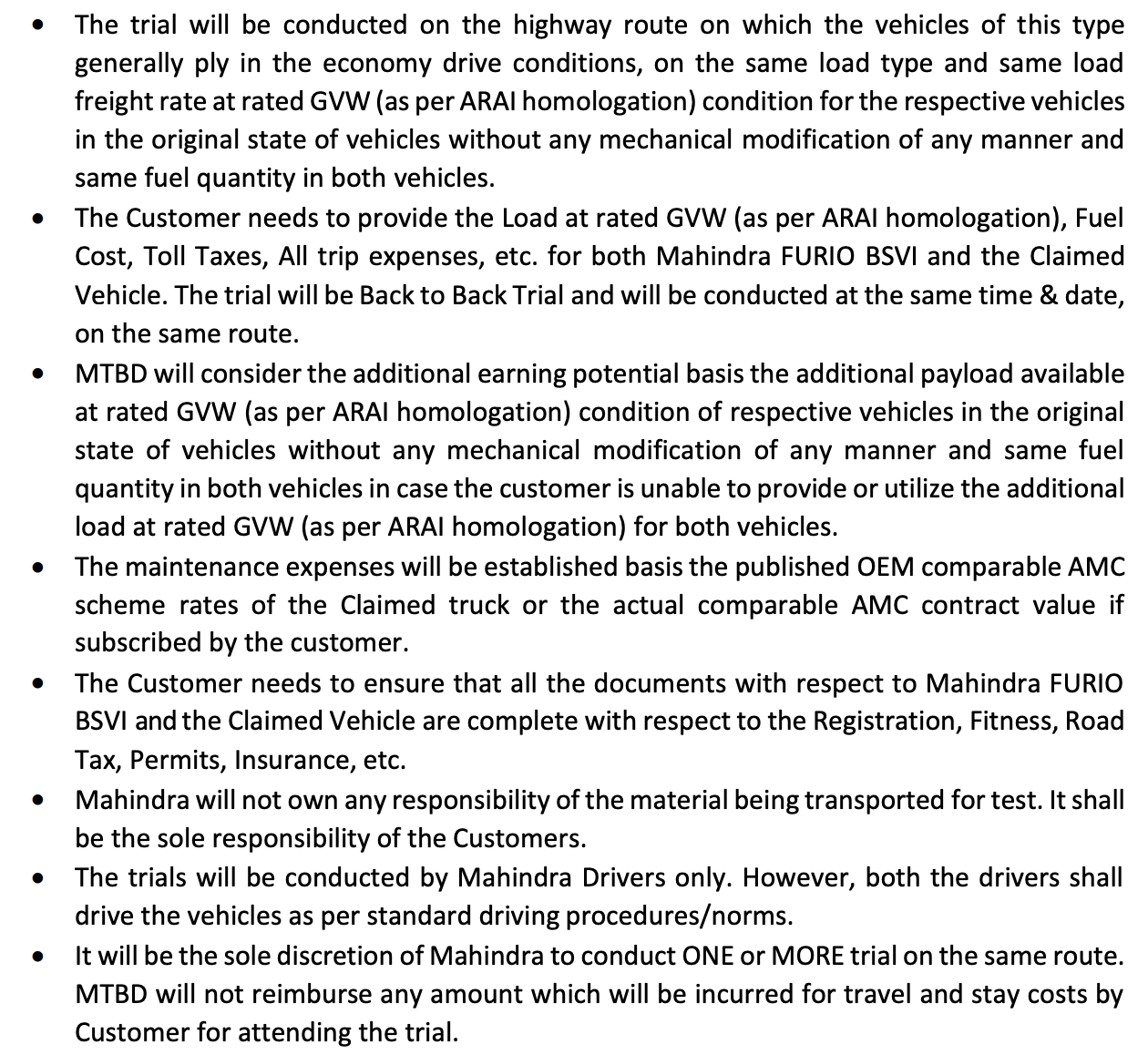
This is a standard operating procedure, legally, for such claims, of course, and the reason for the claim is quite different. The basic idea behind such a bombastic claim is to offer an RTB that seems so compelling that it seemingly explains that this product is the best in its class, compared to an equivalent product from rival brands like Tata Motors or Ashok Leyland, for instance.
The claim seems logical and convincing, using numbers to back it (at least the ‘up to 30% more profit’ in the case of Jeeto), but when you peel the layers to test it yourself, you may be left with nothing to hold on to.
After Jeeto and Furio, Mahindra is going even deeper in this ‘profit’ based positioning of their trucks! The latest product from the brand is called ‘Supro Profit Truck’! The word ‘profit’ is right there in the brand name itself!
Ajay Devgn is, once again, the product’s brand ambassador. I noticed an ad in the Tamil daily Dinakaran’s front page recently. It says, ‘More profit. Else, we’ll take the truck back. We will give this to you in writing’! That’s the equivalent of ‘guaranteed by us’.
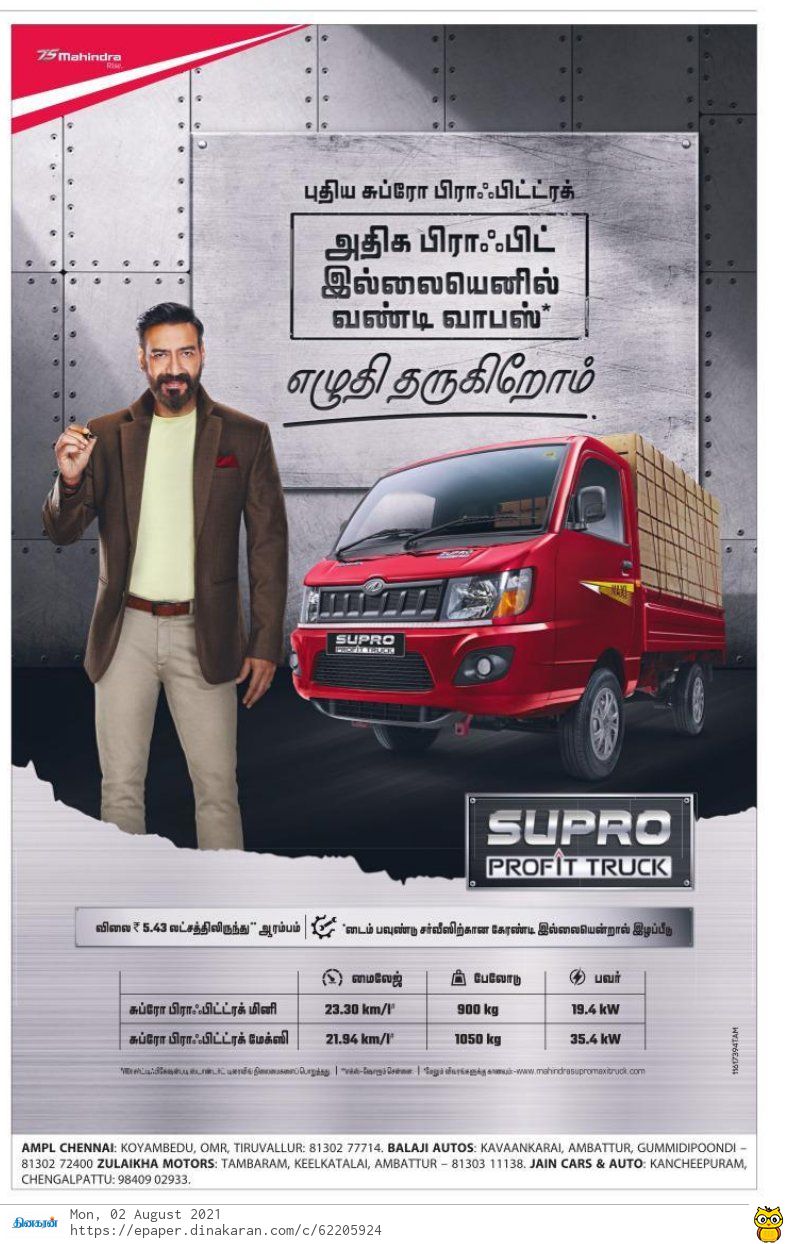
Unlike Furio, the Supro Profit’s website does not carry the details of how they plan to calculate ‘profit’ for the truck – I guess the legal team is working on that despite the fact that ads are already out and the fine print says more details could be found on the website.
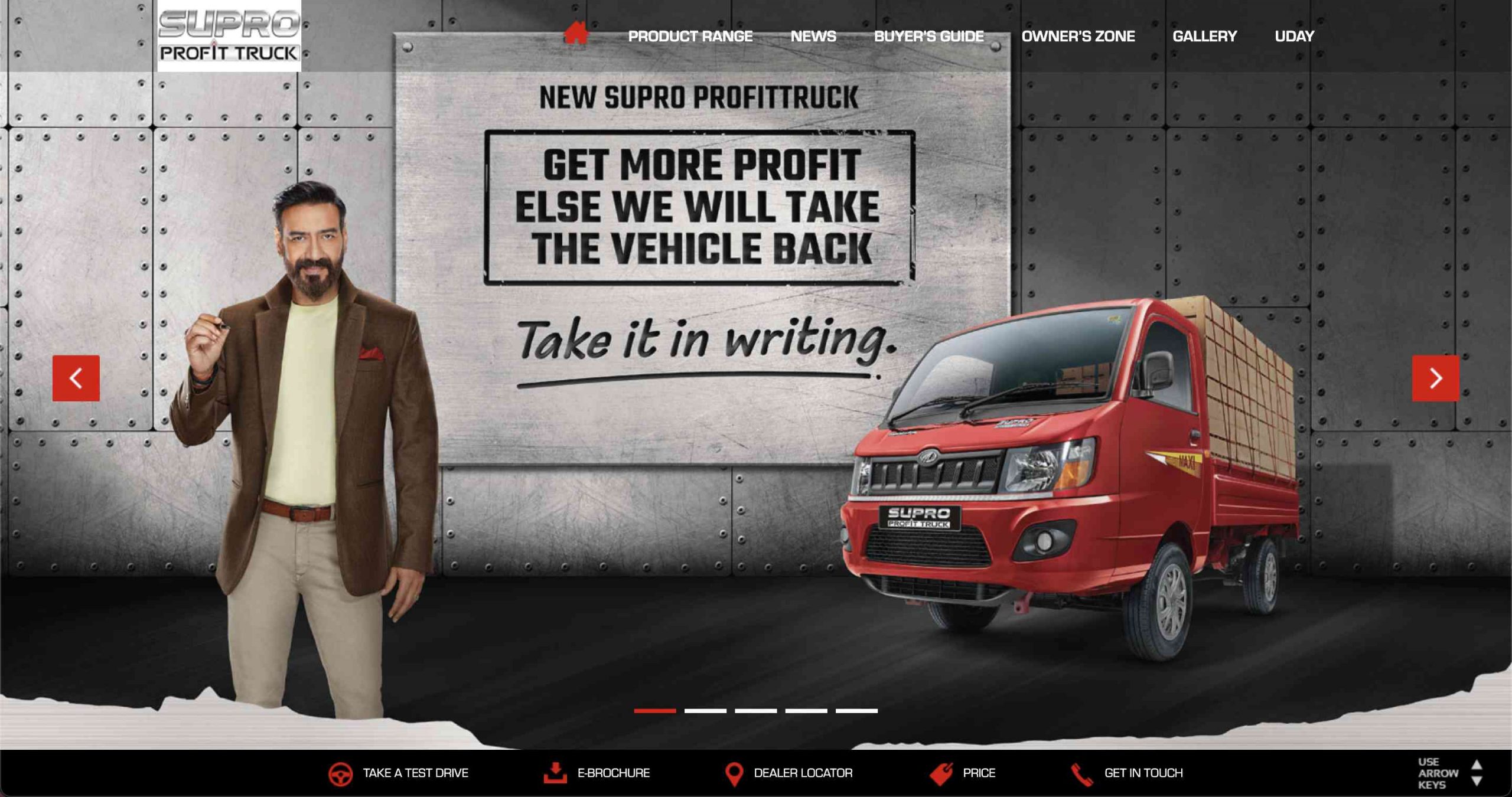
While I do understand why Mahindra is using this tactic of talking about profit, I can’t help see the outcome being promised as something that is a few steps removed from what their specific product could deliver.
For context, imagine a malt-based health drink making a claim in the ad: “30% more success in school”. In both cases, there are a lot more factors that affect the outcome being promised – profit or ‘success in school’. Both can be quantified, if needed, using already established formulae though we may need to make some assumptions in setting the premise as we go.
A truck helps in carrying products and delivering them from point A to point B.
Profit, as an outcome, requires more parameters in play – the market conditions, the overall state of the economy, the conditions around the specific kind(s) of product(s) being transported in the truck, the price variations of those products, seasons, among others.
It’s a clever positioning, no doubt. And as an RTB to prove that their truck is superior and worth investing in, very attractive. Instead of only selling the truck’s features, which every other brand does, or stick to selling the immediate outcome of the truck’s usage (mileage, for instance), Mahindra chooses to pick something that is of enormous importance to its target audiences and not only quantifies it, but also guarantees it!
On a similar note, I recall technology companies using equivalent RTBs, but targeted at business decision-makers and not end-users.
For example, Intel said, in 2019, used ‘Employees may be wasting up to 11 hours per year’ as a way to proclaim that their new processor is better. It’s a different matter that those employees may be using PCs with older Intel processors and that’s why Intel wants those companies to upgrade.
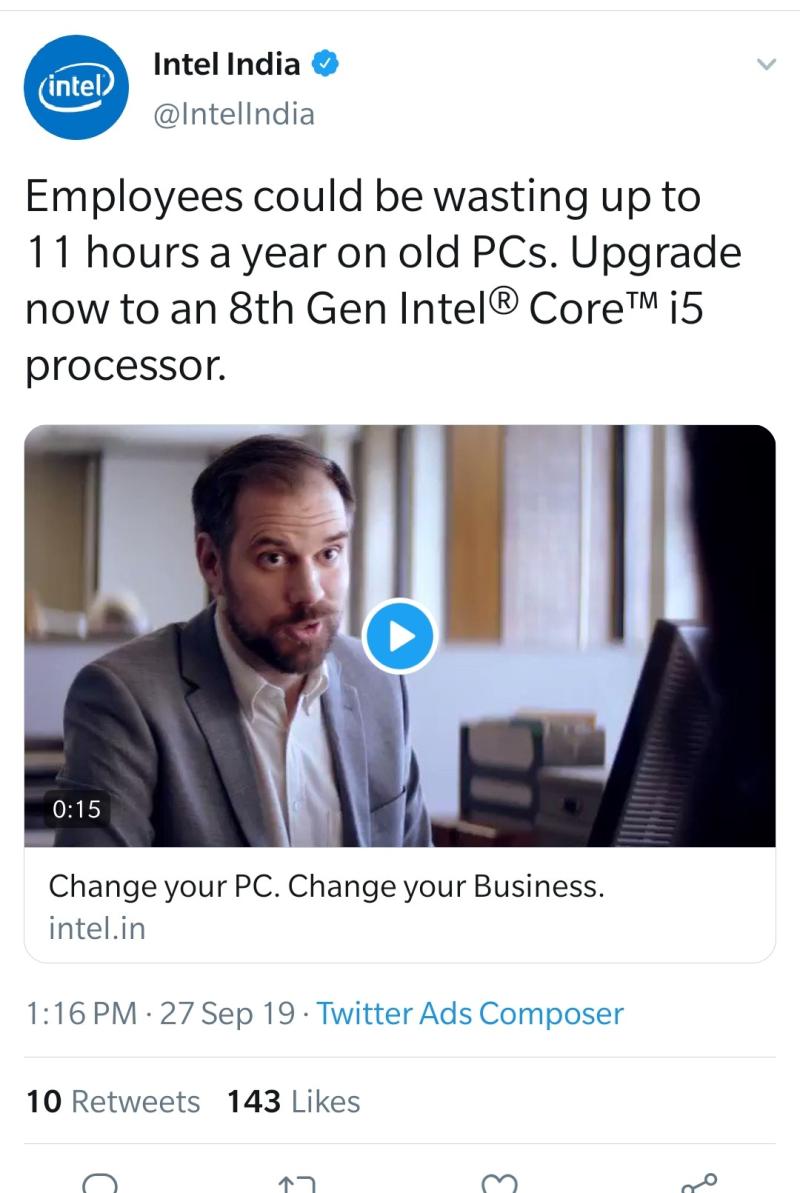
Like the profit calculation per truck, is there a way to ascertain the ’11 hours per year’ claim? Yes, 11 hours, in one year, hardly seems like a big deal but seen from an IT manager’s perspective, that would be a metric they may use in their performance review meetings. So I’m sure there would be some complicated formula to arrive at some figure that can be justified.
Dell used a similar quantification in 2020 – ‘save up to 27 days per employee per year’! This seems a lot more convincing and substantial than ’11 hours wasted per year’! But, same out-there RTB that quotes the data out of a Forrestor report.

More recently, Intel used ‘increasing office productivity by 32%’ as a hook. That reminds me of Mahindra’s ‘30% more profit’ claim and we are back to square one – anything for a sale! 🙂
